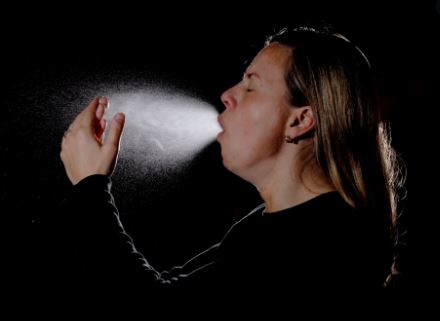Infection is the lodgment and multiplication of a microorganism in or on the tissues of a host constitutes an infection, there are various types of infections based on many factors. The host tissue or body is invaded by the disease-causing organism which multiples in the host tissue leading to infection of the host. There are different types of Infections based on the micro-organism involved – Bacterial, Viral, Parasitic, protozoan, fungal and prion infections. In a Dental or Medical environment, it is important to avoid any spread of infection to the patient by following strict infection control. Failure of attaining infection control can lead to cross-infection from one patient to another and considered an Iatrogenic infection.
Infection can be caused due to multiple reasons, let us look at the types of Infections and if spread from a person (carrier) there are many types of carriers which we will see below. One such Infection is Coronavirus or COVID-19 or SARS-Cov-2 which has turned into a pandemic solely because of its mode of transmission which is an Air-borne or Droplet type of infection and is easily carried long distances on the air current.
Mode of Transmission of Infections:
It is also called as spread of an infection where the aetiological agents are brought in contact with the human host such as blood, air, contaminated water, insect bite, needles, etc.

- Direct Contact: When the Infected person or any items related to the person come in direct contact with another person such as food, needles, kissing, (saliva), sex (other body fluids).
- Indirect Contact: When the infection is spread from patient to patient through another person (health care worker). MRSA, Rotavirus are some of the examples of such diseases.
- Air-borne contact: When the infection is spread by inhalation of infected droplets which are less than or equal to 5 micrometers in size. These are capable of traveling large distances on air currents – Examples are Tuberculosis, Coronavirus, etc.
- Droplet contact: When the infection is spread by inhalation of droplets which are greater than 5 micrometers in size, these cannot travel more than 3 feet distance from the source.
- Vector-borne contact: When the infection is spread by a vector or another organism such as mosquito (malaria) or rat-bite fever (rats)
Types of Infections –
Infectious Disease: It is caused due to any micro-organisms such as bacteria, virus or parasites. It is also called as Communicable disease as it can be transferred from person to person by any mode.
Primary Infection: Initial infection of the patient directly with the parasite from any external source without involving other individuals.
Re-infection: It is the subsequent infection of the person by the parasite repeatedly, this is possible only when the patient does not attain immunity against the micro-organism.
Secondary infection: It is the infection caused in a person whose immunity is lowered by a pre-existing infection. The new micro-organism attacks the host and is the cause of the infection.
Cross infection: A patient infected by a new infection from any external source or from another infected person who is already suffering from an underlying infection.
Focal Infection or Focal Sepsis: Infection is isolated to a specific region of the body such as Tonsil infection or Appendix but generalized symptoms are seen such as fever.
Iatrogenic Infection: These are infections that are physician induced either due to investigations, therapeutic or other procedures.
Nosocomial infection: It is Cross-infection caused in hospitals. Infection occurring in a person who has visited a hospital.
Endogenous Infection: When the source of infection is present within the host body.
Exogenous Infection: When the source of infection is from outside the host’s body.
Atypical Infections: As the name suggests, the characteristic clinical manifestations of the disease are not present.
Latent Infection: The micro-organisms reside in the host in a latent state and start proliferating and showing symptoms when the host immunity is low. The micro-organisms usually reside in the tissues of the host.
Who is a Carrier: A person who carries the pathogenic micro-organism without showing any symptoms or with no effect from the micro-organism. The person is contagious or can spread the disease to another person.
Healthy Carrier: A person who has the pathogen in his/her body without having any ill effect or showing any symptoms from the pathogen.
Convalescent carrier: A person who was infected and has recovered from the disease but continues to harbor the micro-organism and can spread the disease to another person.
Paradoxical carrier: A person who has acquired the infection from another carrier.
Vector: When the infection is transmitted by a Living organism (plant, insect or animal).
Vehicle: When the infection is transmitted by a non-living entity that is contaminated by the micro-organism and acts as a vehicle to transfer the pathogen to the person.
Leave a Reply